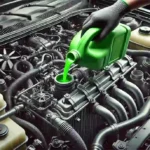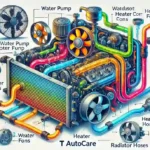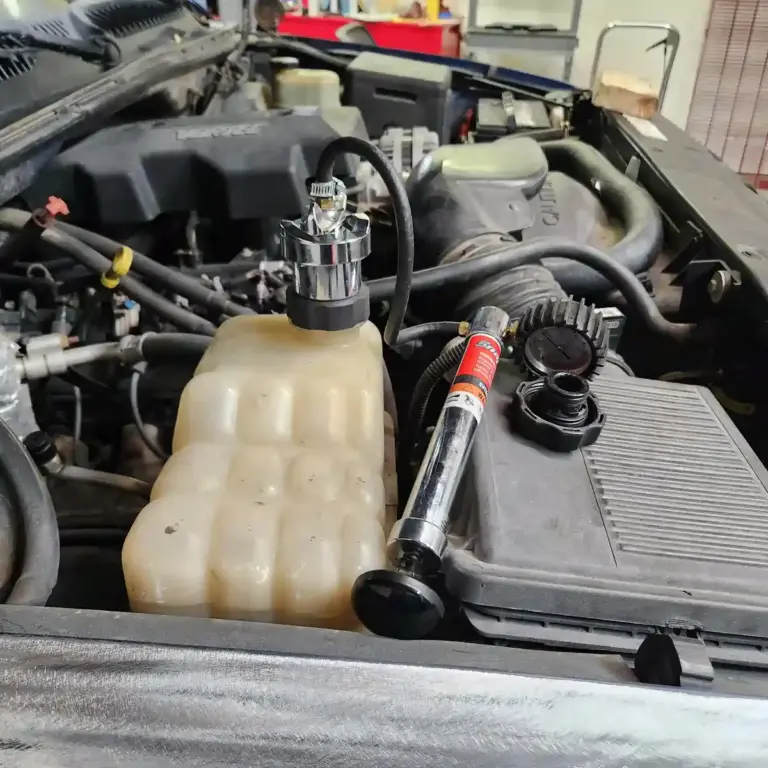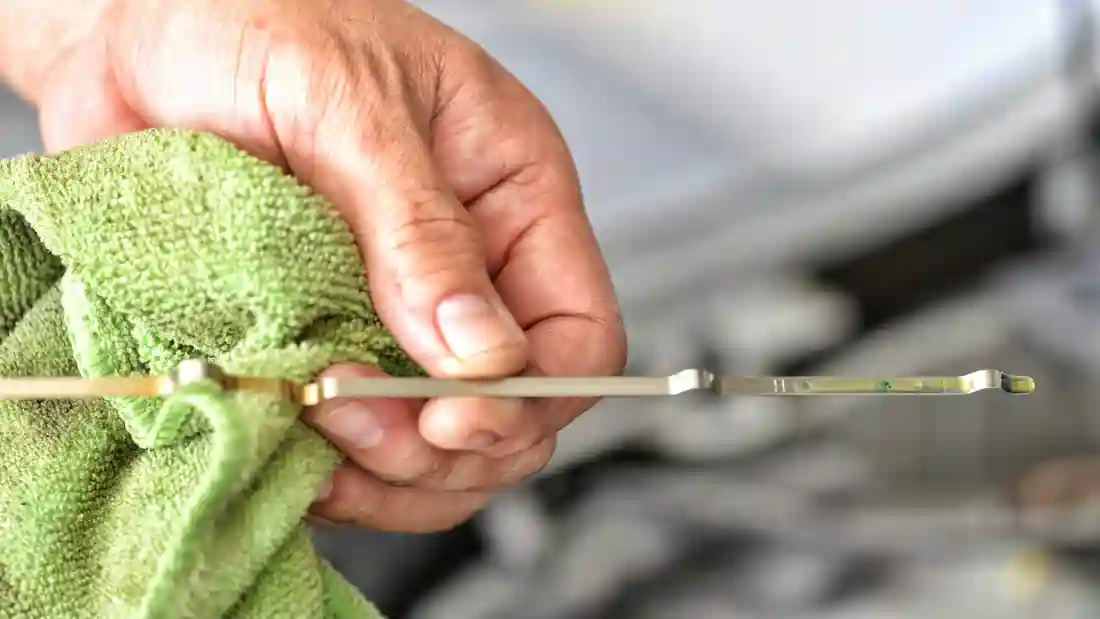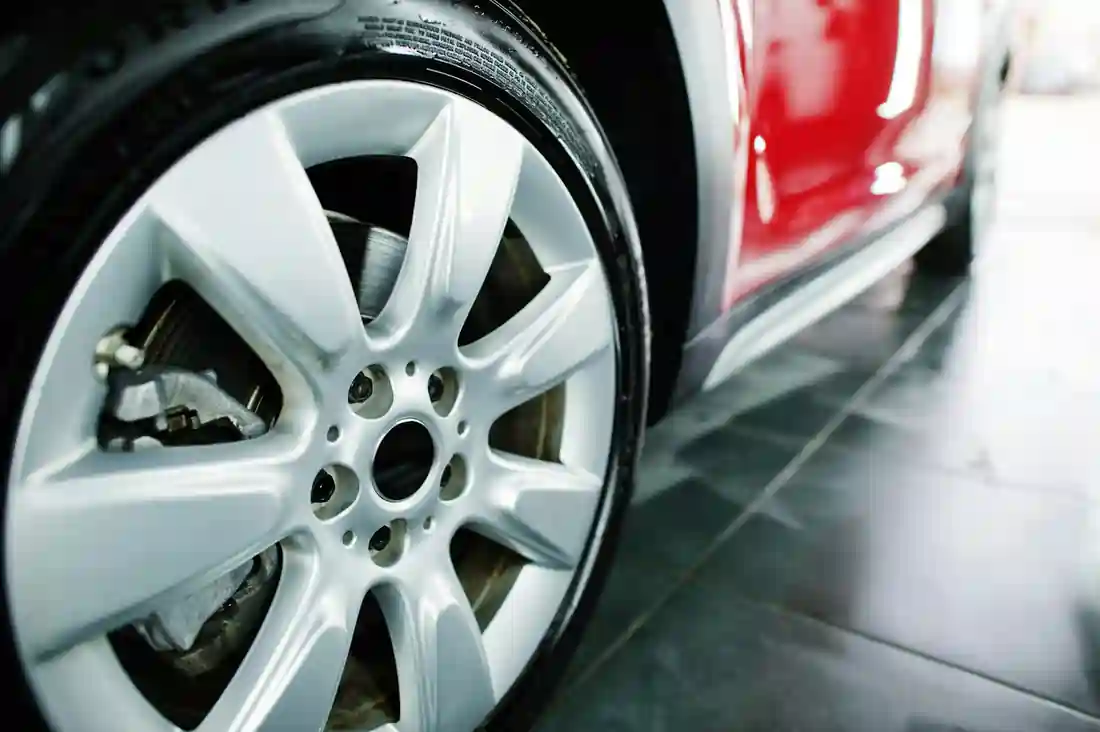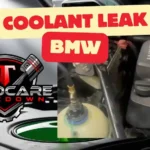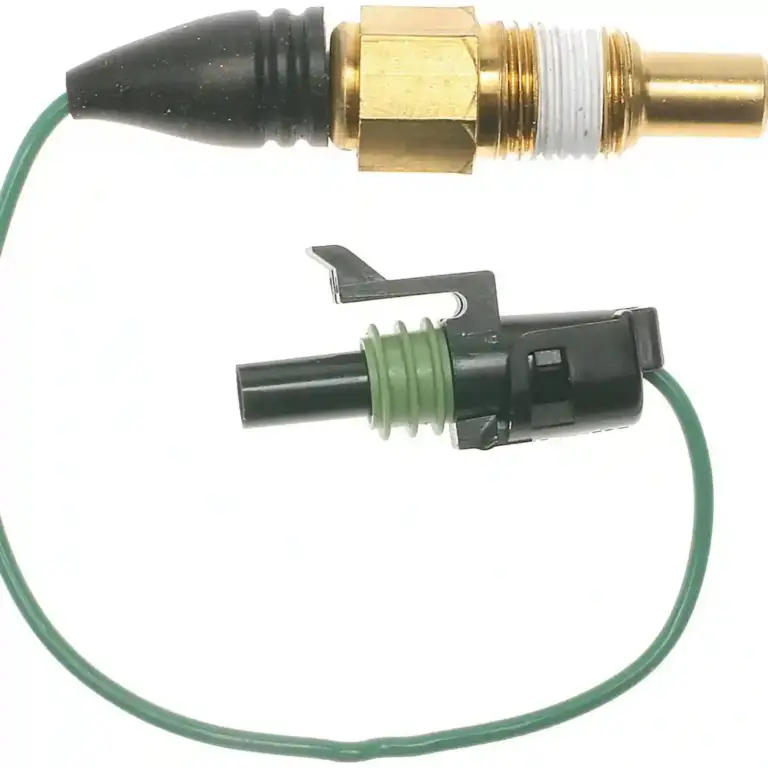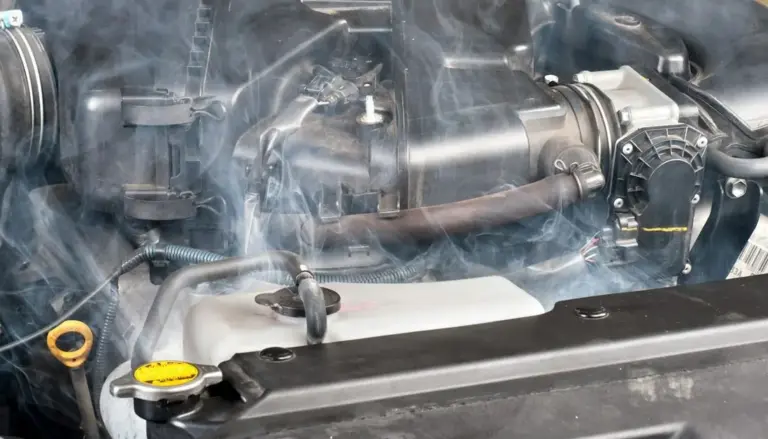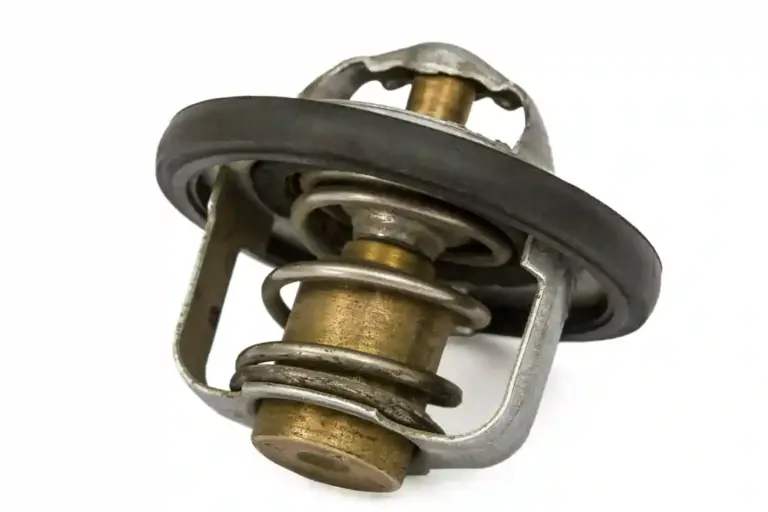As an essential component in your vehicle, coolant plays a crucial role in ensuring your engine runs smoothly and efficiently.
We understand the importance of proper coolant maintenance. Here’s an in-depth look at how coolant works, the different types available, and why regular maintenance is vital for your car’s performance.
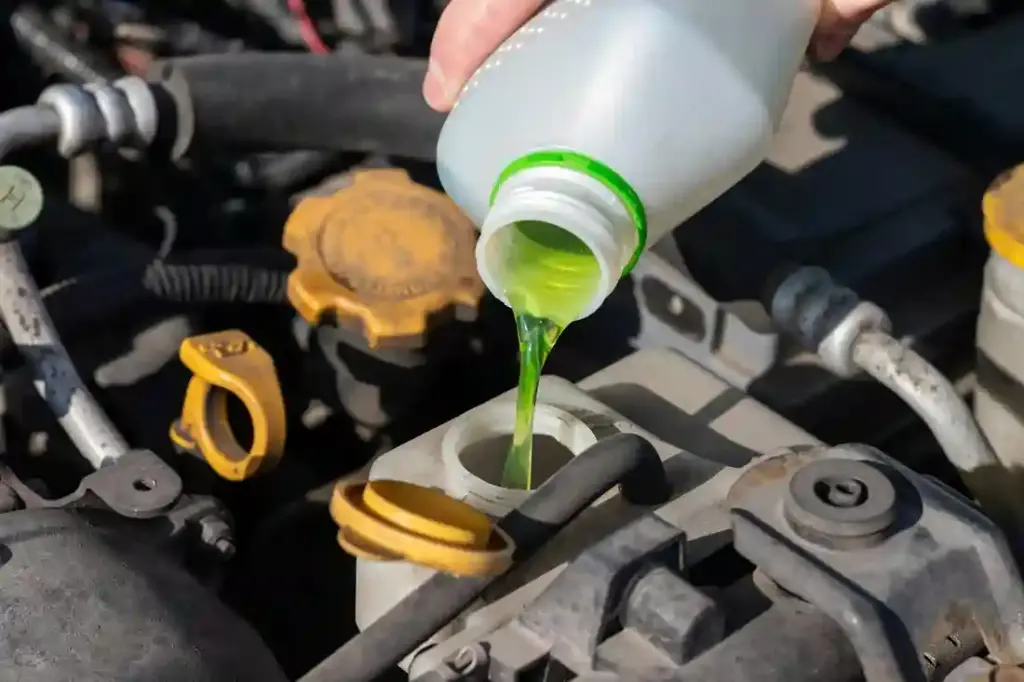
What is Coolant and Why is it Important?
Coolant, also known as antifreeze, is a mixture of ethylene glycol or propylene glycol, water, and various additives. This mixture serves multiple purposes: it absorbs excess heat from the engine, prevents the coolant from freezing in cold temperatures, and inhibits corrosion within the engine. Without coolant, your engine would overheat, leading to severe damage and costly repairs.
Read: Importance of Brake Fluid Flushes
Types of Coolants
Inorganic Acid Technology (IAT) Coolant:
- Traditional type, commonly green or blue
- Contains silicates for corrosion protection
- Requires more frequent changes (EngineeringMix)
Organic Acid Technology (OAT) Coolant:
- Modern type, available in various colors (orange, pink, blue)
- Uses organic acids for corrosion protection
- Longer lifespan than IAT coolants
Hybrid Organic Acid Technology (HOAT) Coolant:
- Combination of IAT and OAT coolants
- Suitable for a wide range of vehicles, particularly those with aluminum components
- Provides robust corrosion protection and extended lifespan
Selecting the correct type of coolant for your vehicle is crucial. Always refer to your vehicle’s owner’s manual to ensure compatibility and optimal performance.
How Coolant Works
Coolant circulates through the engine, absorbing heat and carrying it away to the radiator, where it is dissipated. This process prevents the engine from overheating. Additionally, coolant contains inhibitors that protect engine parts from rust and corrosion, ensuring the longevity of your vehicle’s cooling system (Universal Technical Institute).
Signs Your Coolant Needs Changing
Regularly checking your coolant and knowing the signs of deterioration can prevent major issues. Here are some indicators that it’s time to change your coolant:
- Discoloration: New coolant is usually bright green, orange, yellow, or pink. If it turns rusty or contains particles, it’s contaminated.
- Sweet Smell: A sweet odor around the engine could indicate a coolant leak.
- Temperature Fluctuations: An erratic temperature gauge may signal insufficient or old coolant.
- Coolant Light: If the coolant light on your dashboard comes on, it’s time to check the coolant level and condition.
Coolant Maintenance and Change Frequency
The frequency of coolant changes depends on your vehicle and driving conditions. Generally, most manufacturers recommend changing the coolant every 30,000 to 50,000 miles. However, demanding driving conditions such as towing, rough terrain, or extreme temperatures can shorten this interval. Regular maintenance ensures your coolant is always in good condition, preventing overheating and protecting your engine from corrosion.
When deciding between a DIY coolant change and professional service, consider your expertise and equipment. While changing coolant yourself can be cost-effective, professional services ensure the job is done correctly and efficiently (NAPA Blog).
Benefits of Regular Coolant Maintenance
Maintaining your vehicle’s coolant offers several benefits:
- Enhanced Engine Performance: Fresh coolant helps regulate engine temperature, preventing overheating.
- Extended Engine Life: Regular coolant changes protect engine components from corrosion and wear.
- Cost Savings: Preventative maintenance avoids costly repairs associated with overheating and corrosion.
How to Choose the Right Coolant
Consult your vehicle’s owner’s manual to determine the recommended coolant type. Using the correct coolant ensures optimal performance and prevents potential damage. If in doubt, seek advice from a professional to avoid the risks associated with using the wrong coolant.
Conclusion
Keeping the right amount of coolant in your car is important. It helps stop your engine from getting too hot and saves you from expensive repairs. At our auto repair shop in Broken Arrow, we offer services like coolant flushes, fixing leaks, and replacing radiators. Our mechanics can check your car to find problems early, so your car stays in good shape.
Contact us at (539) 367-3738 or visit us for your coolant fluid needs. Located at 1501 W Detroit St, Broken Arrow, OK 74012, for expert auto care services.
By prioritizing coolant maintenance, you can keep your vehicle running efficiently and extend its lifespan. Trust the experts at T Autocare Takedown to provide top-notch service and keep your car in optimal condition.

